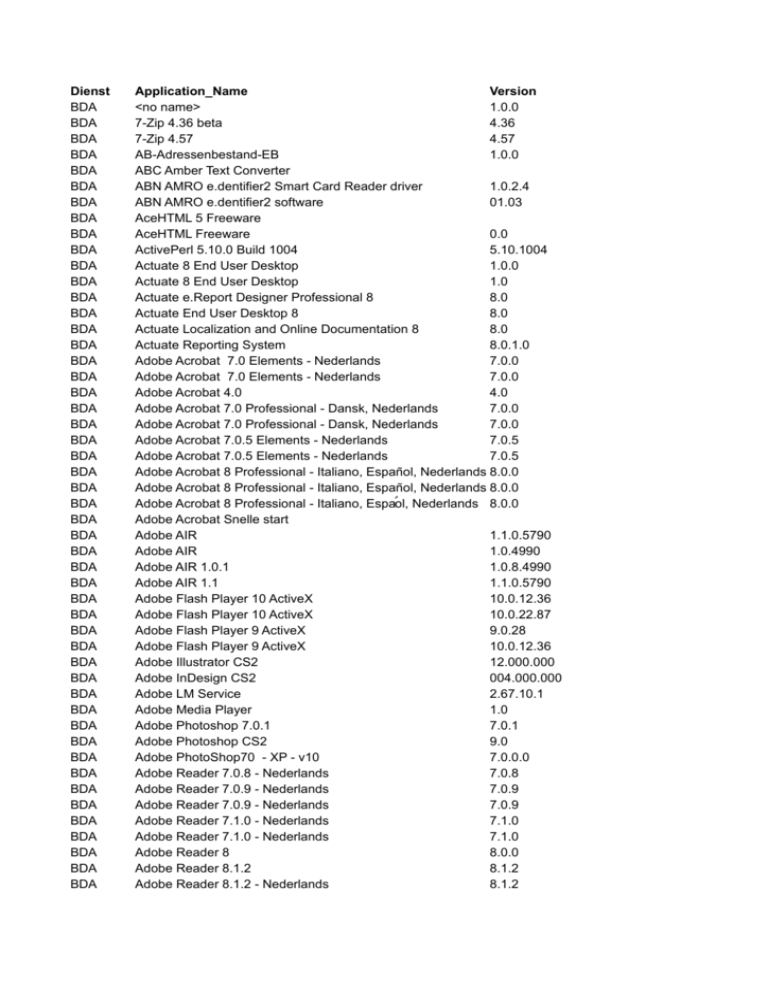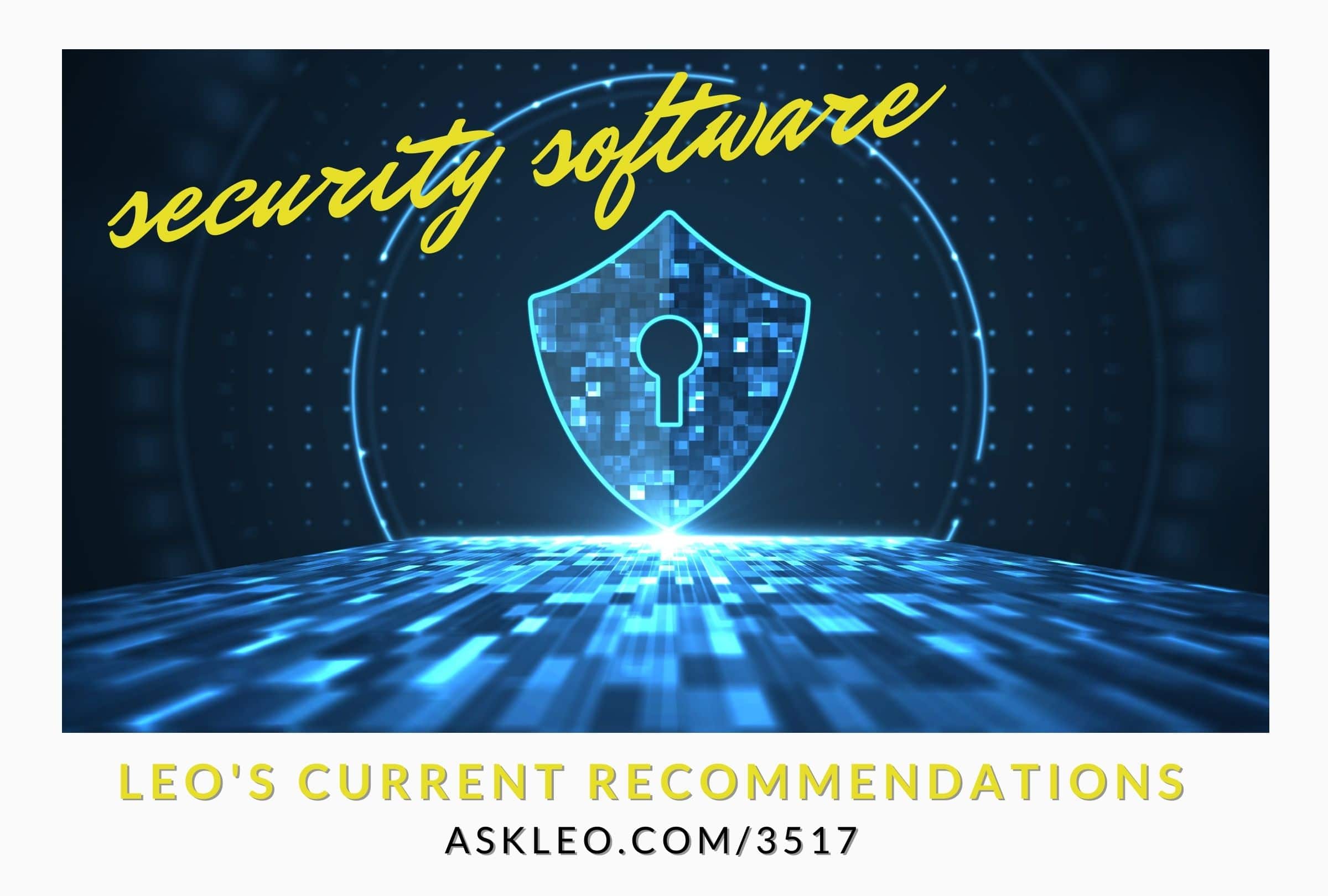
- Hitmanpro alert keystroke encryption breaks light full#
- Hitmanpro alert keystroke encryption breaks light code#
- Hitmanpro alert keystroke encryption breaks light series#
A robust logging and monitoring mechanism is a must-have in the remediation phase, as it enables you to fix vulnerabilities from version to version. The Operate pillar includes issues like throttling, caching, and logging. Pentesting and versioning may not necessarily be integrated into your security posture, but they're both powerful mechanisms that will surely benefit your security arsenal. In the Build pillar, scanning for OWASP Top 10 issues is a must, and SAST tools are great for that. The important thing-and this goes for every decision you make regarding your security posture-is to make a choice that aligns with your ecosystem of tools, and takes your threat modeling into consideration. It'll also touch upon more technical issues such as builds, gateway types and the programming languages that you'll use. Planning determines issues like whether APIs will only be used within the network firewall or publicly, as well as issues like authentication. And it essentially ties back to visibility and centralization discussed above. You can look at each of these aspects as controls you inject at every stage of the API lifecycle. When fashioning an API security strategy, one must take into account architecture, distribution, design and a whole slew of other aspects that impact the way an organization develops its approach to APIs.
Hitmanpro alert keystroke encryption breaks light full#
Here's what you should pay attention to when evaluating a full lifecycle API security solution API lifecycle? API lifestyle!Īccording to Moe Shamim, the API lifecycle can be boiled down to the pillars found in the image below. One should take this consistency challenge into consideration when selecting technology stacks, so that enforcing policies and governance programs everywhere is not an issue.īut this is easier said than done, especially in successful enterprises that merge with and acquire other organizations: each business uses different technologies, mandating a customized, bespoke API security process for each new environment that's added. This makes complexity an even bigger issue, as many APIs are undocumented and unmanaged, and needless to say - unprotected.Įnforcing a consistent program across each of the different environments where enterprise assets are located is a challenge in this hybrid cloud reality.

It now consists of various APIs whose origins come from mergers and acquisitions, versioning, internal APIs, 3rd party APIs, drift from original intended usage, dev, test, debug and diagnostic purposes and so on.

The API footprint of organizations is no longer increasing organically over time. This requires significant rethinking as one must now account for API gateways, IAMs, throttling and more, which means significant time and resources.

Hitmanpro alert keystroke encryption breaks light code#
He claims that organizations must now break down those millions of lines of code into API-based, modularized processes and systems in order to remain competitive, all while ensuring that threat vectors are kept down to a minimum.

Moreover, this complexity doesn't stop at the infrastructure level, but carries on into the application layer.ĭeloitte's Moe Shamim, Senior Technology Executive and Deputy CISO of US Consulting, sees non-monolithic application development as key. The challenge for security teams is that there isn't one central place where all APIs are managed by the development team - and as time passes, that complexity is likely to only get worse. These architectures aim to increase resilience and flexibility, but are well aware that it complicates centralization efforts' to: 'These architectures aim to increase resilience and flexibility, but at the cost of complicating centralization efforts In these organizations, it is imperative to have a centralized API location with deployment into each of these locations, to ensure greater visibility and better management of API-related business activities. According to IBM's Tony Curcio, Director of Integration Engineering, many of his enterprise customers already work with hybrid architectures that leverage classic on-premise infrastructure while adopting SaaS and IaaS across various cloud vendors. When approaching API visibility, the first thing we have to recognize is that today's enterprises actively avoid managing all their APIs through one system. Centralizing security is challenging in today's open ecosystem
Hitmanpro alert keystroke encryption breaks light series#
The following article is based on a webinar series on enterprise API security by Imvision, featuring expert speakers from IBM, Deloitte, Maersk, and Imvision discussing the importance of centralizing an organization's visibility of its APIs as a way to accelerate remediation efforts and improve the overall security posture.


 0 kommentar(er)
0 kommentar(er)
